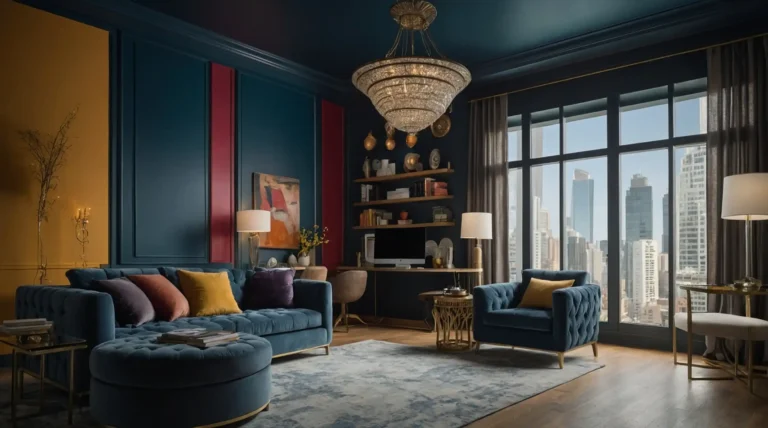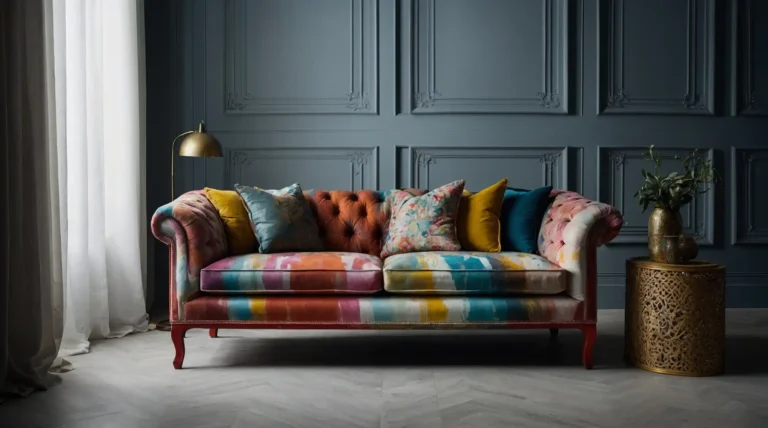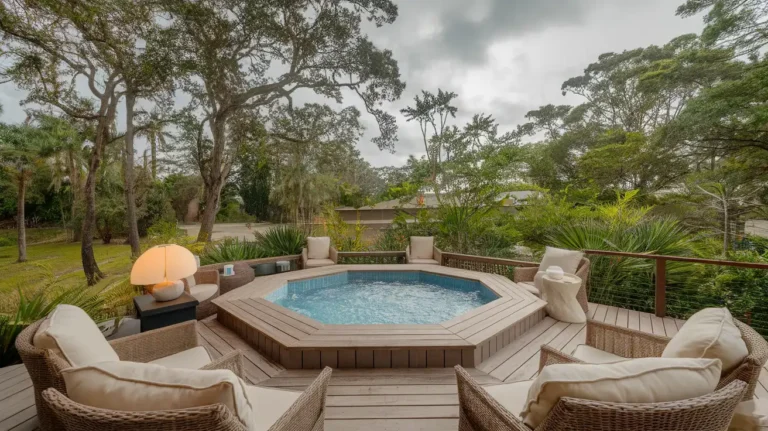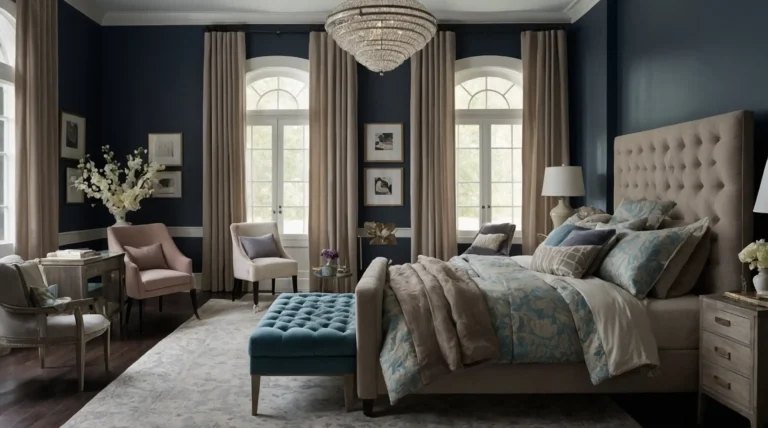Scandinavian vs. Boho: Which Home Style Fits You Best?
You’re standing in your living room, feeling uninspired by the bland walls and mismatched furniture. You know you want change, but which direction should you go?
Two popular interior design styles continue to captivate homeowners worldwide: the clean minimalism of Scandinavian design and the eclectic warmth of Bohemian style.
Understanding Scandinavian Style: Less is Always More

Scandinavian design emerged from the Nordic countries during the 1950s, born from long, dark winters and a deep appreciation for natural light.
This style revolves around the concept of “lagoon” – a Swedish word meaning “just the right amount.”
When you embrace Scandinavian design, you’re choosing functionality over ornamentation.
Clean lines dominate every piece of furniture, from your streamlined dining table to your geometric bookshelf.
You’ll notice how every item serves a purpose, eliminating clutter and creating breathing room in your space.
The color palette stays refreshingly simple. You’ll work primarily with whites, soft grays, and muted beiges as your foundation.
These neutral tones reflect light beautifully, making even small spaces feel open and airy. Natural wood accents add warmth without overwhelming the serene atmosphere you’re creating.
Lighting plays a crucial role in Scandinavian interiors. You’ll maximize natural light by keeping window treatments minimal or choosing sheer fabrics.
When darkness falls, you’ll rely on multiple light sources – pendant lights, table lamps, and candles – to create a cozy ambiance that Scandinavians call “hygge.”
Embracing Boho Style: Maximalist with Soul
Bohemian style tells a completely different story. This style celebrates individuality and artistic expression above all else.
You’re not just decorating a space; you’re creating a personal narrative filled with collected treasures, vibrant colors, and global influences.
Your Boho home becomes a canvas for self-expression. You’ll layer rugs of different textures and patterns, creating visual interest underfoot.
Your walls showcase an eclectic mix of artwork, tapestries, and photographs that reflect your travels and experiences.
Color explodes throughout your Boho space in rich, saturated tones. You’ll embrace deep jewel tones like emerald green, sapphire blue, and ruby red.
Warm earth tones like terracotta, burnt orange, and golden yellow add depth and create a welcoming atmosphere that invites lingering conversations.
Textures become your best friend in Boho design. You’ll incorporate macramé wall hangings, velvet cushions, woven baskets, and fringed throws.
Each element adds tactile interest and contributes to the layered, collected-over-time feeling that defines this style.
Plants thrive in Boho environments. You’ll fill corners with towering fiddle leaf figs and cascade trailing pathos from floating shelves.
Your greenery doesn’t just purify the air – it brings life and organic shapes into your carefully curated chaos.
The Fundamental Differences That Matter
These two styles approach home design from opposite directions, and understanding their core differences helps you determine which resonates with your lifestyle and personality.
Space treatment differs dramatically between the styles. Scandinavian design celebrates negative space, using emptiness as a design element.
You’ll appreciate how uncluttered surfaces allow your mind to rest and focus. Boho style fills space intentionally, creating cozy nooks and intimate gathering areas where every surface tells a story.
Your approach to collecting and displaying items varies significantly. In Scandinavian homes, you’ll carefully curate a few meaningful pieces, letting each item shine individually.
Boho style encourages you to display collections together, creating vignettes that showcase your personality and interests.
The relationship with nature manifests differently in each style. Scandinavian design brings nature indoors through natural materials, simple forms, and lots of light.
You’ll feel connected to the outdoors through large windows and organic shapes.
Boho style embraces nature through abundant plant life, natural fibers, and earthy color schemes that make you feel grounded and nurturing.
Scandinavian Style: The Benefits and Drawbacks
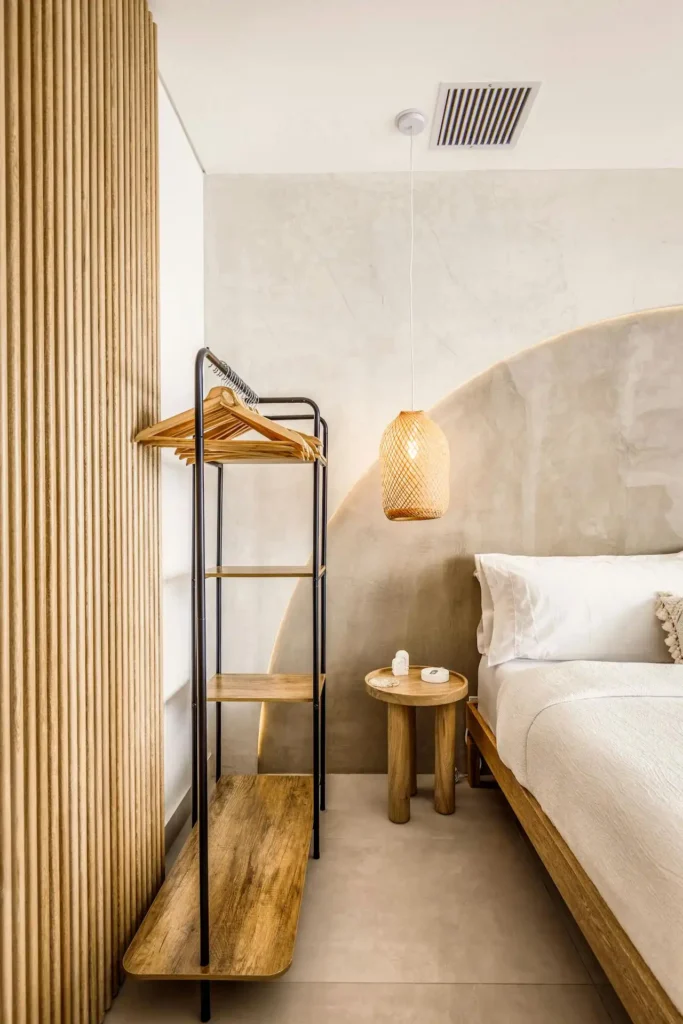
Choosing Scandinavian design offers numerous advantages for modern living. This approach prevents impulse purchases and helps you build a cohesive look gradually.
You’ll discover how easy it becomes to maintain a clean, organized home when every item has its designated place.
The minimal approach reduces decision fatigue – you won’t spend time wondering where things belong or feeling overwhelmed by visual clutter.
Your budget benefits from Scandinavian principles. You’ll invest in fewer, higher-quality pieces that serve multiple functions and stand the test of time.
The timeless nature of Scandinavian design means your home won’t look dated in five years.
You’ll appreciate how neutral colors and classic forms adapt to changing trends through simple accessory swaps or textile updates.
However, some challenges accompany this style choice. You might find the minimalist approach too sterile or cold, especially if you enjoy collecting meaningful objects.
The limited color palette can feel restrictive if you crave visual stimulation and vibrant hues.
Maintaining the pristine look requires discipline. You’ll need to resist the temptation to accumulate items and stay committed to regular decluttering sessions.
Family life with children or pets can make this level of organization challenging to sustain.
Boho Style: Embracing the Pros and Cons
Boho design offers incredible flexibility for personal expression. You’ll never feel constrained by rules or worry about whether a new purchase “fits” your existing décor.
This style grows and evolves with your life, accommodating new interests, travel souvenirs, and changing preferences.
Your creative spirit flourishes in a Boho environment. The eclectic nature means you don’t need matching sets or expensive designer pieces.
You’ll feel inspired to try new art projects, display your collections proudly, and experiment with different color combinations.
The layered approach means you can make changes gradually without starting from scratch.
Budget-friendly shopping becomes an adventure rather than a chore. Without careful curation, your home can quickly cross the line from “eclectic” to “cluttered.”
You’ll hunt for unique pieces at thrift stores, flea markets, and artisan shops, building your space over time without breaking the bank.
The challenges of Boho style center around maintenance and cohesion.
You’ll spend more time dusting intricate decorative items and managing the visual complexity of your space.
Creating balance requires a good eye for composition. You’ll need to master the art of mixing patterns, colors, and textures without creating chaos.
This skill develops over time, but beginners might feel overwhelmed by the seemingly endless possibilities.
Matching Your Lifestyle to Your Style
Your daily routine and living situation significantly influence which style serves you better. Consider how you actually use your space before committing to either aesthetic.
If you work from home frequently, Scandinavian design’s clean lines and minimal distractions might boost your productivity.
You’ll appreciate how the uncluttered environment helps you focus and think clearly. The excellent natural light supports your well-being during long work sessions.
Families with young children often find Scandinavian principles practical. Social butterflies who love entertaining might gravitate toward Boho style.
You’ll spend less time picking up small decorative items, and the simple color scheme hides everyday wear better than intricate patterns.
However, you might miss the warmth and personality that family photos and children’s artwork bring to a space.
You’ll create intimate conversation areas with floor cushions and low seating that encourage relaxed gatherings. Your guests will have plenty to admire and discuss among your curated collections.
Your travel habits also influence your choice. Frequent travelers often prefer Scandinavian simplicity – you’ll worry less about home maintenance during extended absences.
However, if you love bringing back souvenirs and cultural artifacts, Boho style provides the perfect backdrop for displaying your global finds.
Making Your Decision: Key Questions to Ask Yourself
Start by honestly assessing your relationship with possessions. Your answer points toward either Boho or Scandinavian preferences.
Do you feel energized by having meaningful objects around you, or do you prefer clear surfaces and hidden storage?
Consider your maintenance tolerance. Are you someone who enjoys the ritual of caring for plants, dusting collections, and rearranging displays?
Or do you prefer spending your free time on activities outside the home? Boho style requires more hands-on maintenance, while Scandinavian design streamlines your cleaning routine.
Think about your color preferences in different seasons. You might love bright, warm colors during summer months but crave the calm of neutrals during stressful periods.
Scandinavian design adapts easily through textile changes, while Boho rooms can feel overwhelming when you need simplicity.
Your future plans matter too. If you’re likely to move frequently, Scandinavian pieces travel well and adapt to different spaces.
Boho collections often reflect specific room layouts and might not translate as smoothly to new homes.
Blending Both Styles: The Best of Two Worlds
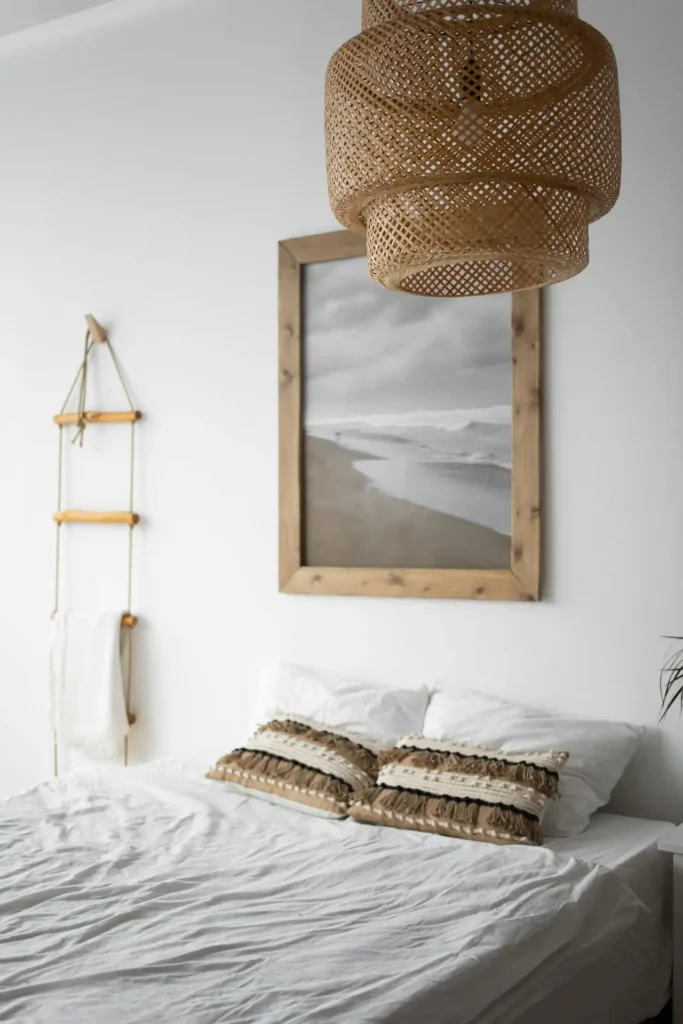
You don’t have to choose exclusively between these approaches.
Many successful interiors incorporate elements from both styles, creating personalized spaces that feel both organized and expressive.
Start with a Scandinavian foundation of neutral colors and clean-lined furniture. You’ll establish a calm backdrop that won’t compete with more decorative elements.
Then, add Boho accents through textiles, artwork, and plants that reflect your personality.
Layer in color gradually through removable elements like throw pillows, artwork, and seasonal decorations.
You’ll maintain the flexibility to adjust your space’s energy level based on your mood and the season.
Create designated areas for collections and personal items while keeping main traffic areas clear.
You might dedicate one wall to a gallery display while maintaining clean lines elsewhere, or create a cozy reading nook with Boho elements within a primarily Scandinavian room.
Use plants as a bridge between styles. Greenery adds life to minimal Scandinavian spaces while contributing to the natural, organic feeling that both styles appreciate.
Your plant choices can lean more architectural for Scandinavian spaces or more abundant for Boho vibes.
Conclusion
Your home should reflect your authentic self, whether that means embracing minimalist serenity or maximalist creativity.
Both Scandinavian and Boho styles offer proven approaches to creating beautiful, functional spaces that support your daily life and long-term happiness.




